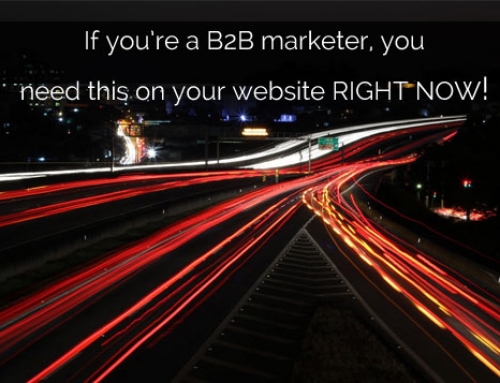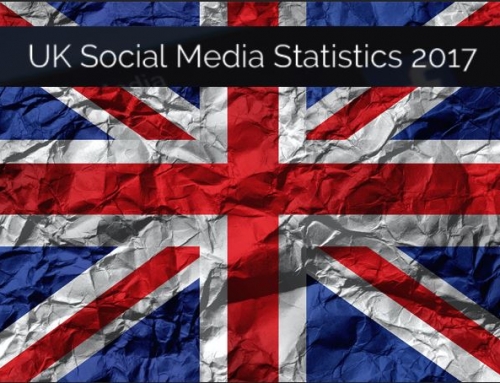Here’s a confession: for a while there, I was really bored with LinkedIn. It hadn’t really evolved much since the launch; most people seemed to be sticking a glorified CV up and leaving it, apart from the dedicated Group spammers which we’ve written about before.
Most importantly, compared to the other big social media sites, the opportunities for “natural” exposure to a wider audience were really limited.
Getting seen without shouting
By natural exposure, I mean the ability to come to the attention of your contacts’ wider network without sending the equivalent of a cold calling email. That works for some, but many people are uncomfortable with being on either end of it, and it’s artificial compared to, say, your content being shared on Facebook.
LinkedIn should be a goldmine
That said, LinkedIn is the single biggest gathering of professionals on the planet. Over 187 million members, of which in the UK, almost 60% are management level or above. They just needed to learn some lessons from the other social networks to really liberate the potential of that gathering – and I think that’s what we’re now starting to see.
A LinkedIn revolution
Over the last few months, LinkedIn have introduced a handful of new features which are nothing short of a revolution in how effective the site will be. The opportunities for exposure, and the value provided by LinkedIn, is now really exciting. If you’ve not checked it out lately, here’s a rundown of the features which have made the difference.
1) Re-vamped Company pages
LinkedIn’s Company pages used to be minimal, to say the least. Now, they’ve got a new look, the opportunity to include richer content especially around your products and services, and improved analytics. It’s been possible to send out status updates from a Company for a while, but they’re being used more and more, supporting a Company-specific audience of followers.
For our Wish List, it would be great if there was some way to integrate Company and personal audiences. For example, if everyone in an individual’s network could opt in or out of receiving their employers’ updates as well as their own. That would remove the challenge of building a separate Company audience, and would be great for smaller businesses. But for now, and certainly for larger organisations, the additional functionality is a great start.
New Personal profiles are coming soon, too, with a lot less emphasis on the CV and a lot more emphasis on social connection. You can see a preview, and register for the new format here.
2) Interactive Home pages
Your personal Home page now has a Facebook-style activity ticker, highlighting what other people in your network have been doing on LinkedIn – including when they’ve commented on articles posted by others. You can also add your own comments to those discussions directly from the home page, for the first time allowing you to converse easily with your network.
Quick tip – We all have people in our networks who overshare, and can’t let a moment go by without posting yet another link, or whose area of expertise you’re just not that interested in. You can tailor what you see on your Homepage simply by hovering over one of the offending articles and clicking “hide”, and Shazam! you’ll not see any other posts by that person.
3) LinkedIn Today
Another huge change is the launch of LinkedIn Today. This is a combination of two areas: a more traditional publishing model with content from “Thought Leaders” – experts in their field who’ve been selected by LinkedIn’s publishing team – and community generated content. It’s still evolving as more people get active, but has clear potential to become a real go-to source for any given industry. You can fine-tune the topics which are presented to you, as well as keeping up with the business “big guns” like Harvard Business Review and the Economist.
From a marketing and visibility perspective, both of these are big news. A handful of our professional services clients are eminent enough in their field to have applied for Thought Leader status. As well as the enhanced profile, this allows individuals to build up a Twitter-like “Follower” audience, but without connecting at the network level.
For everyone else, the community-driven content is a massive opportunity. It’s selected according to a number of factors, but mainly by the level of activity surrounding posted content. So if you post up a link to free materials, a blog post, a webinar invite or anything else on LinkedIn and it’s widely shared over a short period of time, it’s very likely to be featured on LinkedIn Today. That means huge exposure to everyone interested in your industry sector.
There’s also a section for articles trending in your network, so you can easily see what’s interesting and engaging to your contacts.
And this adds up to…
The way that both the home page activity feed, and the LinkedIn Today sections in particular are working, is much greater than the sum of their parts. It’s starting to liberate the real power of individual’s Networks. It also enables industry-based conversations of a much higher quality than are found in many LinkedIn Groups – because content is filtered by activity level, all those spammy “look at me!” posts which nobody’s interested in, automatically drop out of sight.
As a result, we’ve seen a huge increase in relevant activity for both our own profile and our clients': a big increase in opportunities to interact, leading to greatly increased profile views and responses to posted contant. These recent changes amount to a massive shift in the utility of LinkedIn for B2B marketing.
So if you’ve not reviewed your LinkedIn presence for a while, or aren’t using the new features to benefit your business, we’d recommend that you spend some quality time with it. We also offer private, tailored LinkedIn training courses – so if you need a hand, give us a call!




Leave A Comment